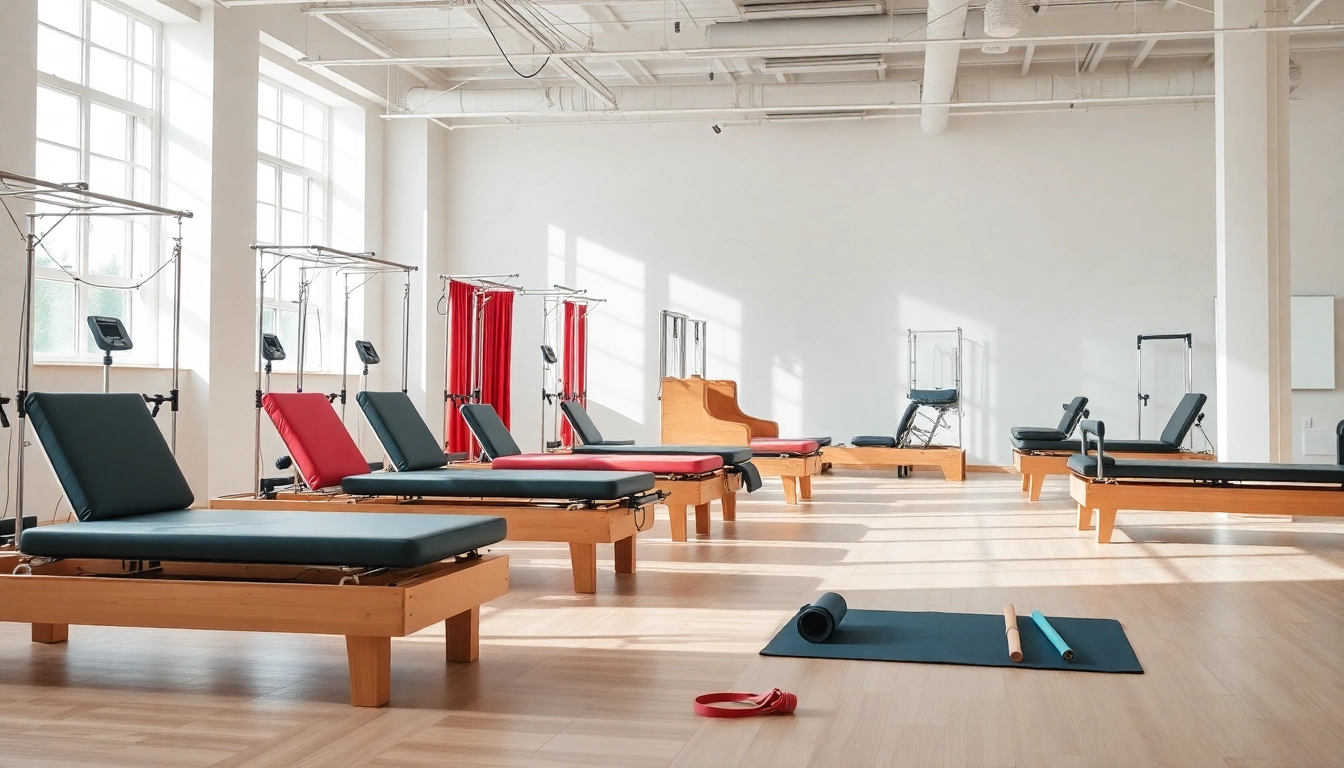Understanding Hunting Gear Wholesale
What is Hunting Gear Wholesale?
Hunting gear wholesale refers to the practice of purchasing hunting-related products in bulk at significantly reduced prices. This business model typically targets retailers, providing them with quality equipment that they can subsequently resell to consumers. Bulk purchasing allows suppliers to offer varied products ranging from apparel to tactical gear, firearms, and accessories at competitive rates. Retailers benefit greatly as they can stock their stores with high-demand items without incurring massive operational costs. In this dynamic marketplace, understanding the intricacies of hunting gear wholesale can set a retailer apart from competitors.
Benefits of Buying Wholesale
The advantages of purchasing hunting gear wholesale are manifold. Firstly, retailers enjoy significant cost savings, as buying in bulk reduces the per-item price. Secondly, wholesale purchasing enhances inventory management; having a larger supply on hand ensures that a retailer meets customer demand without delays. Additionally, it fosters stronger relationships with suppliers, allowing for negotiation on prices, shipping, and exclusive product offerings. Moreover, the varied inventory options available through wholesale connections can help retailers attract a broader customer base by providing diverse product offerings tailored to unique preferences and trends.
Types of Hunting Gear Available Wholesale
Wholesale hunting gear encompasses an extensive range of products, categorized generally into apparel, equipment, and accessories. Apparel can include jackets, pants, boots, and camouflage clothing designed for comfort and stealth. Equipment typically includes firearms, bows, and optics like binoculars and scopes. Lastly, accessories may cover a wide array of items such as backpacks, knives, game calls, and safety gear. Retailers might also explore various brands and styles to cater to different hunting methods—whether it’s for deer, waterfowl, or upland game—ensuring they provide the products that their customers are searching for.
Key Considerations When Sourcing Hunting Gear Wholesale
Identifying Reliable Suppliers
Finding trustworthy suppliers is crucial for any retailer specializing in wholesale hunting gear. It’s essential to conduct comprehensive background research to ensure that the suppliers meet industry regulations and quality standards. Utilize trade shows, online marketplaces, and industry forums to identify established wholesalers committed to providing quality hunting gear. Engaging with other retailers can also offer insights into reliable suppliers that have a proven track record in delivering timely and quality products. Evaluating supplier reviews and testimonials can further clarify their reputation within the hunting gear industry.
Evaluating Product Quality
Quality assurance is non-negotiable when sourcing wholesale products. Retailers should request samples to ensure that the hunting gear meets both performance and safety standards before placing large orders. Encouraging customer feedback on product quality can also guide future orders. Furthermore, regular inspections of the products received can help identify any deviations in quality, allowing retailers to address these issues promptly with suppliers. A commitment to high-quality products will likely foster repeat business, as customers will appreciate the value of durable and reliable hunting gear.
Understanding Pricing and Terms
Wholesale purchasing offers the advantage of lower prices, but understanding the specific terms of purchase is vital. Retailers should pay close attention to the minimum order quantities, payment terms, shipping costs, and return policies. Negotiating terms upfront can also lead to more favorable arrangements, particularly for bulk orders or long-term contracts. For retailers, analyzing the complete cost structure, including hidden fees, ensures they maintain profit margins while offering competitive pricing to their customers.
Top Trends in Hunting Gear Wholesale
Innovations in Hunting Apparel
The hunting apparel industry is currently seeing innovations focused on improving both comfort and functionality. Advanced fabric technologies, such as moisture-wicking materials, are designed to keep hunters dry and comfortable regardless of weather conditions. Additionally, gear that incorporates features like insect-repellent fabrics or built-in insulation is gaining popularity. Retailers should keep an eye on emerging trends and consider stocking modern apparel equipped with these advancements to appeal to tech-savvy consumers seeking the latest in hunting gear.
Sustainability in Hunting Products
As environmental consciousness grows, sustainability has emerged as a significant trend within the hunting gear market. Retailers offering eco-friendly products, such as biodegradable hunting accessories or sustainably sourced materials for apparel, can not only fulfill consumer demands for responsible choices but also position themselves favorably within the industry. Highlighting sustainability initiatives in marketing efforts can attract environmentally-conscious consumers aiming to minimize their ecological footprint while hunting.
Popularity of Tactical Gear
Tactical gear is becoming increasingly popular among hunters, not just for its robustness but also for its multifaceted applications. High-performance backpacks, modular storage systems, and versatile apparel that integrates tactical features are gaining traction. Retailers can tap into this trend by stocking a wide variety of tactical accessories that appeal not only to hunters but to those engaging in outdoor activities requiring durability and reliable performance. Studies indicate that tactical gear often emphasizes user adaptability, making these products desirable for a broader audience.
Marketing Strategies for Selling Wholesale Hunting Gear
Building an Online Presence
Establishing a robust online presence is essential for retail success. A well-designed website showcasing the available hunting gear can significantly drive customer engagement. Incorporating SEO best practices, such as utilizing a blog and keywords related to hunting gear, can improve visibility in search engine results, attracting potential buyers. Additionally, e-commerce platforms can streamline the purchasing process for customers, allowing them to buy hassle-free. Effective online presence also involves engaging content that educates customers about the gear, ultimately fostering trust and credibility.
Effective Advertising Techniques
Advertising effectively is vital for attracting customers in a competitive market. This can include targeted ads on social media platforms to reach hunters and outdoor enthusiasts. Creating promotional campaigns during key hunting seasons can also drive significant sales, as customers are more likely to purchase gear leading up to hunting events. Again, leveraging abandoned cart reminders and email marketing can entice customers back to complete their purchases. Fostering a sense of urgency—such as limited-time offers—can significantly enhance conversion rates.
Leveraging Social Media Platforms
Social media platforms present unique opportunities for engagement and brand exposure. Creating visually appealing content such as hunting videos, gear demonstrations, or testimonials can capture users’ attention and motivate them to explore the offerings. Engaging with the community by responding to comments, hosting giveaways, or facilitating discussions adds a personal touch to brand interactions while building a loyal customer base. Furthermore, collaborating with influencers in the outdoor and hunting niche can enhance brand visibility and authenticity.
Measuring Success in Wholesale Hunting Gear Sales
Performance Metrics to Track
Monitoring performance metrics allows retailers to evaluate the effectiveness of their wholesale strategies. Key performance indicators (KPIs) such as sales growth, inventory turnover rate, and customer acquisition costs should regularly be analyzed. Understanding these metrics enables retailers to make informed decisions, ensuring they can adjust purchasing orders, marketing strategies, and overall business operations for better performance.
Customer Feedback and Satisfaction
Engaging with customers for feedback is key to improving products and services. Collecting reviews and ratings can help establish trust while also highlighting any areas for improvement. Positive customer experiences can be disseminated through testimonials on websites or social media, reinforcing brand reputation. Conducting surveys aids in gaining insights into customer preferences and expectations, enabling retailers to refine their inventories to align with market demand.
Adjusting Strategy Based on Data
Utilizing data analytics is crucial in establishing a flexible and responsive business model. Retailers should adapt their strategies by analyzing purchasing patterns, seasonal trends, and customer preferences. Adjusting the product offerings based on data ensures that retailers are always aligned with market demands, increasing the likelihood of sales and customer satisfaction. Establishing a feedback loop where strategic decisions are continuously refined based on the data collected fosters a culture of improvement and adaptability.














Leave a Reply